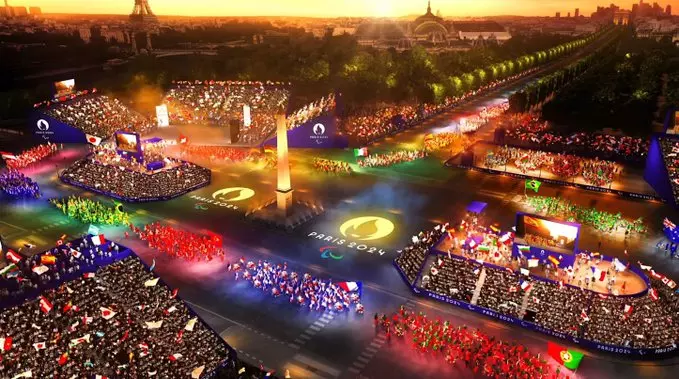A Brief History of the Paralympics: From Early Beginnings to Global Stage

The Paralympic Games, an international sporting event for athletes with disabilities, have a rich history rooted in the post-World War II era. The inception of the Paralympics can be traced back to 1948, when Sir Ludwig Guttmann, a neurologist at the Stoke Mandeville Hospital in England, began organizing sports competitions for spinal cord injury patients. His intention was to promote physical rehabilitation and provide a sense of achievement for those recovering from their injuries.
Guttmann's efforts led to the first Stoke Mandeville Games in 1948, coinciding with the London Olympics. Initially, these events were limited to wheelchair athletes, but they quickly expanded to include more participants and sports. The games were a significant milestone, laying the groundwork for the future of the Paralympics.
In 1960, the first official Paralympic Games were held in Rome, Italy, immediately following the Olympics. This marked a pivotal moment, as the event gained recognition and prominence on the global stage. The Rome Games featured 400 athletes from 23 countries, competing in eight sports. This was a significant increase from the 1952 Stoke Mandeville Games, which had only 130 competitors.
The growth of the Paralympics continued with each subsequent iteration. The 1964 Tokyo Games were particularly noteworthy as they were the first to include athletes with disabilities other than spinal cord injuries. This inclusive approach marked a turning point, broadening the scope of the Games and encouraging more diverse participation.
Picture Courtesy : X
The 1976 Toronto Games saw further expansion, with the inclusion of athletes with various physical disabilities beyond wheelchair users. This was also the year when the term "Paralympics" became more widely recognized. The Games began to adopt a more structured approach, with an increased number of sports and a greater emphasis on competitive excellence.
The 1980s and 1990s were marked by further integration and growth. The 1988 Seoul Paralympics were held in conjunction with the Olympic Games, a significant step that underscored the increasing importance and visibility of the event. The partnership with the International Olympic Committee (IOC) helped elevate the status of the Paralympics and fostered greater recognition and support.
A landmark moment came in 2001 when the International Paralympic Committee (IPC) was officially recognized by the IOC as the global governing body for the Paralympic movement. This formal acknowledgment solidified the Paralympics' place in the international sporting calendar and provided a platform for further development and growth.
The 2004 Athens Games marked another milestone as they were the first Paralympics to be broadcast live on television. This development significantly increased the visibility of the Games and allowed a broader audience to engage with the achievements of Paralympic athletes. The media exposure contributed to a growing appreciation for the skill and dedication of athletes with disabilities.
The 2012 London Paralympics were a turning point in terms of media coverage and public engagement. The Games received unprecedented attention, with extensive television coverage and widespread media coverage. This increase in visibility helped change public perceptions of disability and showcased the remarkable achievements of Paralympic athletes on a global scale.
In recent years, the Paralympics have continued to evolve and expand. The Rio 2016 and Tokyo 2020 Games demonstrated the growing popularity and competitive nature of the event. The Tokyo Games, in particular, highlighted the resilience and adaptability of athletes in the face of challenges posed by the COVID-19 pandemic. The Games were held under strict health protocols but still delivered outstanding performances and inspiring stories.
Looking ahead, the Paralympics remain committed to promoting inclusivity and celebrating the achievements of athletes with disabilities. The Games continue to evolve, with the introduction of new sports and innovations aimed at enhancing the overall experience for both athletes and spectators. The ultimate goal is to create a world where athletes with disabilities are celebrated for their abilities and contributions, and where the Paralympics continue to inspire and empower individuals around the globe.
In conclusion, the history of the Paralympics is a testament to the power of sport in fostering inclusion and breaking down barriers. From its modest beginnings at the Stoke Mandeville Games to its current status as a major international event, the Paralympics have demonstrated the transformative impact of athletic competition on individuals and society as a whole.

